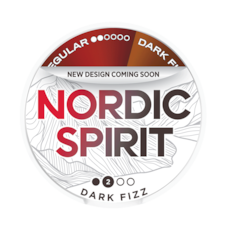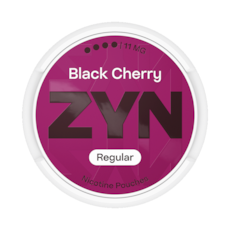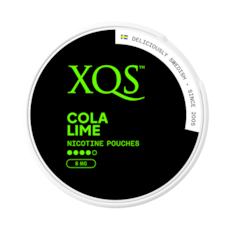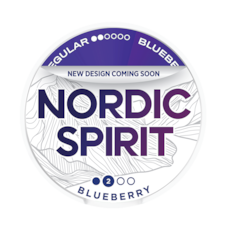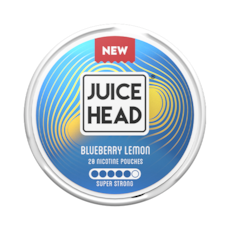International Snus Guide: Around the World Under the Lip
Snus isn’t just Swedish. From Sudan’s fermented toombak to India’s spicy gutka, oral tobacco and nicotine take many forms. This guide explores global snus-like traditions, their cultural roots, and what makes each one unique.

Key Takeaways
- Snus-like products exist worldwide, with regional twists.
- USA favours dip and chewing tobacco; Alaska uses Iqmik.
- Africa’s toombak and Makla are strong, homemade blends.
- Asia blends tobacco with spices, lime, and areca nut.
- Swedish snus stands out for its regulated production.
A Global Look at Oral Nicotine Traditions
Snus might be as Swedish as midsummer, but Swedes are far from the only ones who’ve put tobacco, or nicotine, under the lip. Across the world, each culture has developed its own version of smokeless oral products. From homemade blends to nicotine pouches, here’s how geography, habit, and innovation shape this global tradition.
USA: From Dip to Iqmik
In the Southern United States, “moist snuff,” or dip, remains popular. It’s placed between the gum and cheek; a habit deeply rooted in rural lifestyles and social traditions such as ranching, baseball, and outdoor work.
The U.S. Food and Drug Administration (FDA) classifies dip, along with dry snuff and chewing tobacco, as smokeless tobacco products, meaning they deliver nicotine without combustion or inhalation but still contain tobacco and nicotine (see FDA overview)1.
Chewing tobacco is also widespread, typically sold in loose leaf or plug form and often used with a spittoon. These varieties differ mainly in texture, moisture, and method of placement rather than purpose.
In Alaska, certain rural and Indigenous communities make a traditional blend called Iqmik2, which mixes tobacco leaves with plant ash. The ash raises the pH, changing how nicotine is absorbed and resulting in a markedly stronger sensation. While homemade and culturally specific, Iqmik remains part of some regional practices.
Together, these forms highlight America’s long-standing relationship with oral tobacco, from tradition to innovation.
Africa: Fermentation and Strength
Across Africa, oral tobacco takes many shapes, from dry powders to dark, fermented pastes. Products like Toombak in Sudan and Ethiopia are often homemade and potent, while Makla in North Africa resembles snus in texture and placement.
These products reflect cultural continuity and creativity. Local ingredients, family recipes, and strong community ties keep traditional oral tobacco alive in everyday use3.
Asia: Spice, Ritual, and Tradition
In South Asia, oral blends such as Gutka, Khaini, and Zarda are common. These mixtures combine tobacco, lime, spices, and areca nut, and are often sold in small sachets. Used daily by millions, they hold a place in both social gatherings and ceremonial traditions across India, Bangladesh, and neighbouring regions.
Further west, products like Naswar (Afghanistan, Pakistan) and Shammah (Saudi Arabia and the Arabian Peninsula) differ in texture and composition but share the same under-the-lip method of use. Naswar is a moist, greenish tobacco mixed with lime and flavourings, while Shammah is a finely ground paste often blended with aromatic ingredients such as menthol or rosewater.
In East Asia, newer nicotine formats such as vapes and heat-not-burn devices are becoming more common, while snus and other traditional oral tobaccos remain relatively uncommon. Together, these products reflect the diversity and cultural depth of oral nicotine use across the continent, a longstanding practice that continues to evolve in form and context3.
Europe: Approach and Nordic Regulation
Europe’s relationship with snus is unique. Traditional tobacco snus is legally sold only in Sweden and Switzerland, while tobacco-free snus (nicotine pouches) are available more widely.
In Iceland, a home-grown version called Neftóbak is still produced by the state monopoly ÁTVR. A dry snuff often sniffed or shaped into a small portion for under-lip use4.
What sets Swedish snus apart is its strict production standards—manufactured under food-grade conditions with consistent quality control. These standards have influenced the development of today’s tobacco-free nicotine pouches3.

Swedish Snus in the UK
Tobacco snus is banned for sale and marketing in the UK under the EU Tobacco Products Directive (TPD), which was retained post-Brexit and reinforced by the Tobacco and Related Products Regulations (TRPR) in 2016. However, personal use is permitted, and travellers may legally bring snus into the UK for private consumption, not resale.
Novel Alternatives: From Snus to Nicotine Pouches
While many global traditions focus on tobacco, a new generation of products offers a tobacco-free experience. Nicotine pouches, also known as tobacco-free snus, provide a smokeless, discreet way for adult users to enjoy nicotine.
At Northerner UK, you’ll find a wide selection of tobacco-free snus and nicotine pouches in various strengths and flavours, from mint and citrus to coffee and berry blends.
Explore:
- Snus Strengths: from normal to extra strong
- Snus Flavours: discover the most popular options in the UK
- What are the types of snus: your complete beginner’s guide
A Shared Global Tradition
Whether it’s dip on a ranch in Texas, fermented blends in Sudan, or spiced gutka in India, oral tobacco has deep roots across cultures. Each version reflects local customs and innovation, but they all share one simple idea: placing nicotine and/or tobacco under the lip.
Today, tobacco-free snus continues that long tradition in a new form: discreet, smoke-free, and widely available for adult consumers.
Explore the full range at Northerner UK and experience how this centuries-old practice continues to evolve around the world.
Sources
- Smokeless Tobacco Products, Including Dip, Snuff, Snus, and Chewing Tobacco, US food & drug administration
- Chemical Analysis of Alaskan Iq’mik Smokeless Tobacco, Oxford Academic
- Smokeless tobacco (SLT) products, WHO framework convention on tobacco control
- Import restrictions, Iceland revenue and customs
